Penang Street Food - Part 2
More Penang Street Food that I've tried during other visits to Penang, Malaysia, continuing from Part 1.
This list includes dishes not listed in Penang Street Food - Part 1. Cuisine is mostly Chinese, Malay, South Indian, and Peranakan.
.....
The Ayam Goreng / Malay Fried Chicken is a Malay style fried chicken, coated in a flour and spice batter, then deep fried in coconut oil. This locks in moisture to the chicken meat, while giving the skin a flavourful crunch, and a distinctive savoury taste. Spices used include shallots, garlic, bay leaves, turmeric, lemongrass, tamarind juice, candlenut, galangal, salt, and sugar.
 |
| Ayam Goreng / Malay Fried Chicken |
 |
| Ayam Goreng / Malay Fried Chicken |
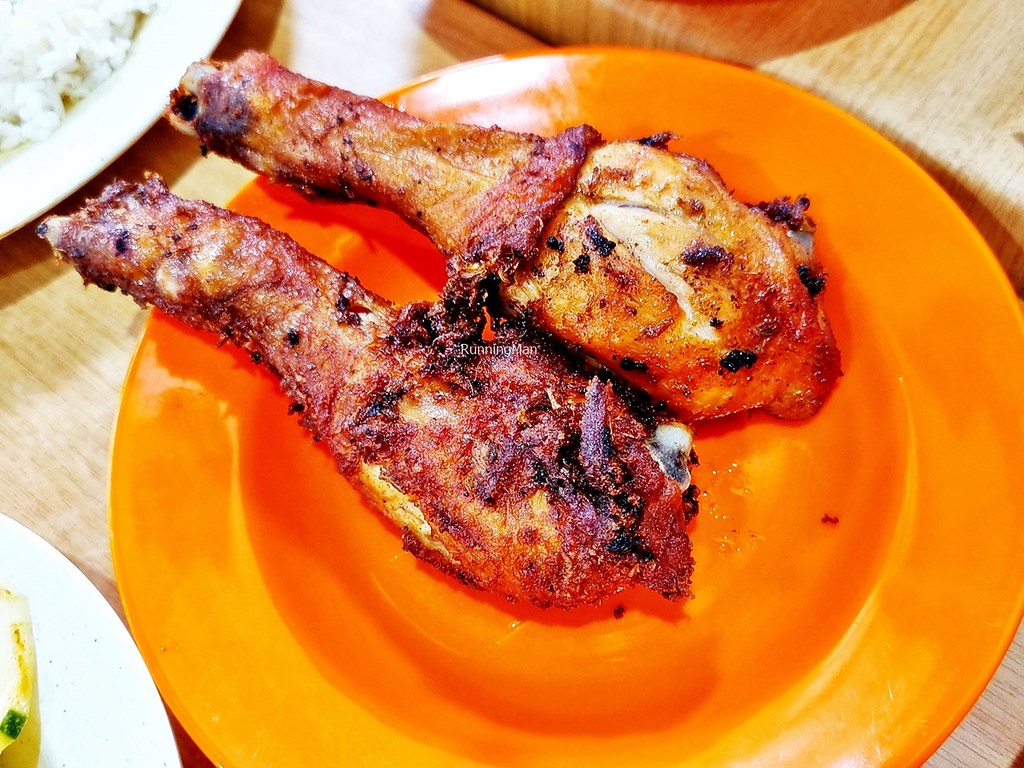 |
| Ayam Goreng / Malay Fried Chicken |
The Biryani in Malaysia differs little from the version in Singapore, being a fragrant, South Indian rice dish that is flavoured with spices. In Penang, it can be eaten along with other dishes as part of a Nasi Kandar meal.
 |
| Biryani |
 |
| Biryani |
There are various street stalls / kiosk selling burgers. Most commonly known to Singaporeans as the 'Ramly Burger' concept, but so much more tasty here. Each Burger Special contains a thick yet tender meat patty, wrapped in soft egg omelette, within fluffy burger buns garnished with juicy red onions, crisp lettuce, soft tomatoes, pliant cheese, and a variety of sauces including black pepper sauce, mayonnaise, and chili sauce. Naturally, the Chicken Egg Cheese Special has a chicken patty, the Beef Egg Cheese Special has a beef patty, and the Lamb Egg Cheese Special has a lamb patty.
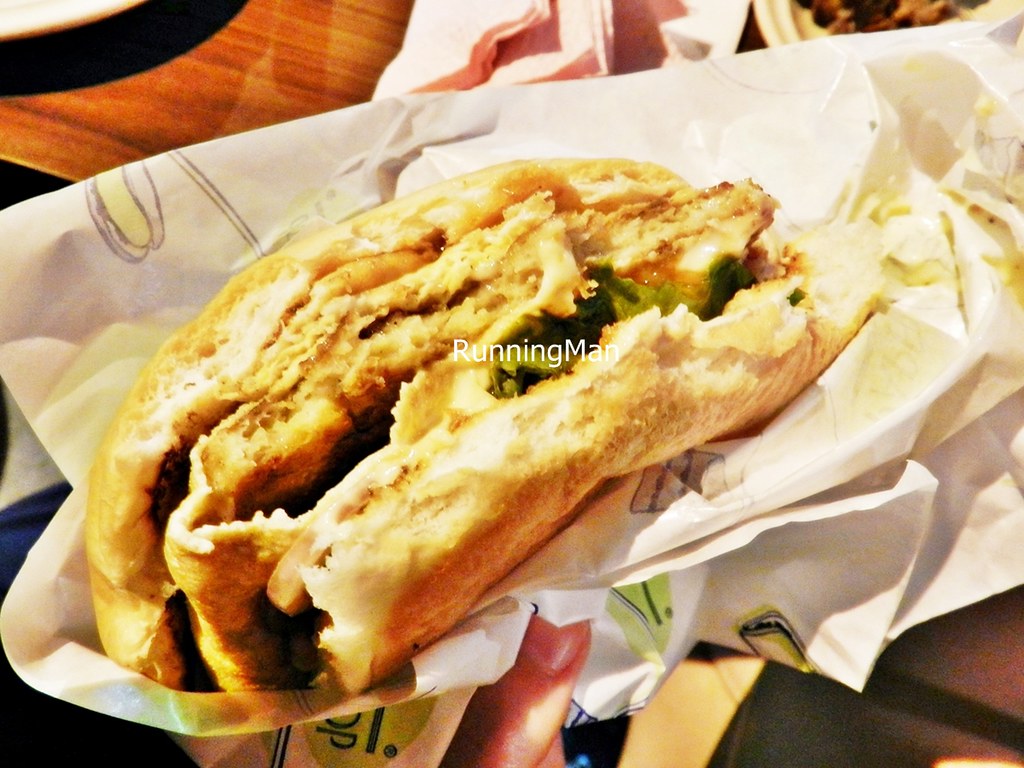 |
| Burger - Chicken Egg Cheese Special |
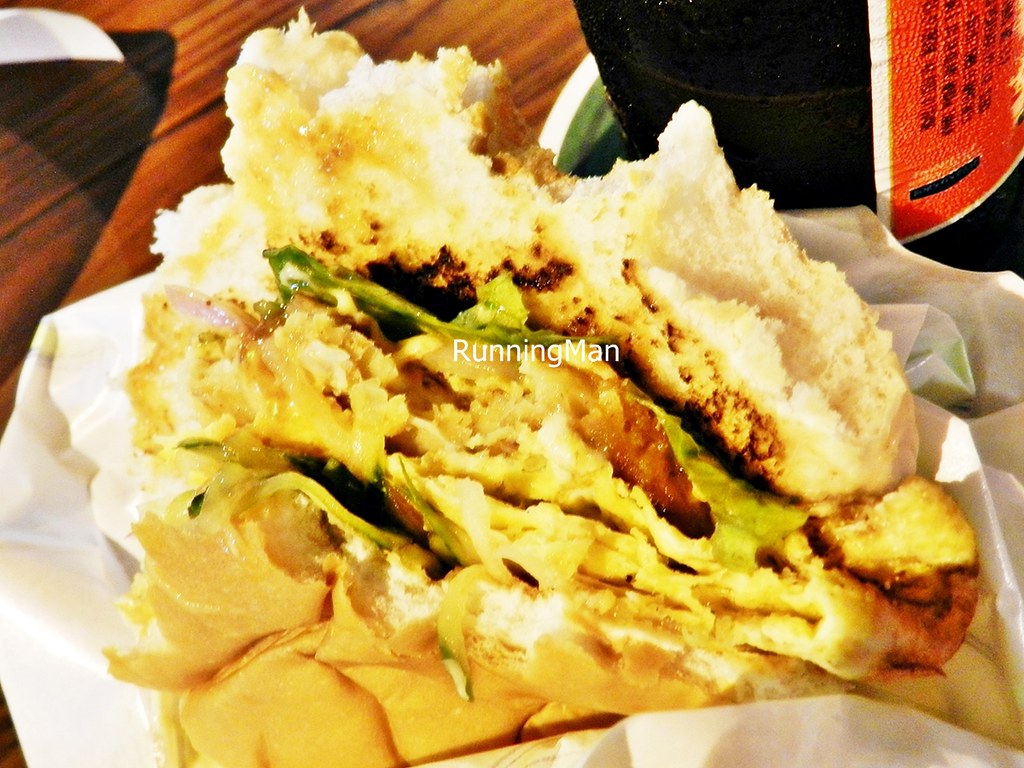 |
| Burger - Chicken Egg Cheese Special |
 |
| Burger - Beef Egg Cheese Special |
 |
| Burger - Beef Egg Cheese Special |
 |
| Burger - Lamb Egg Cheese Special |
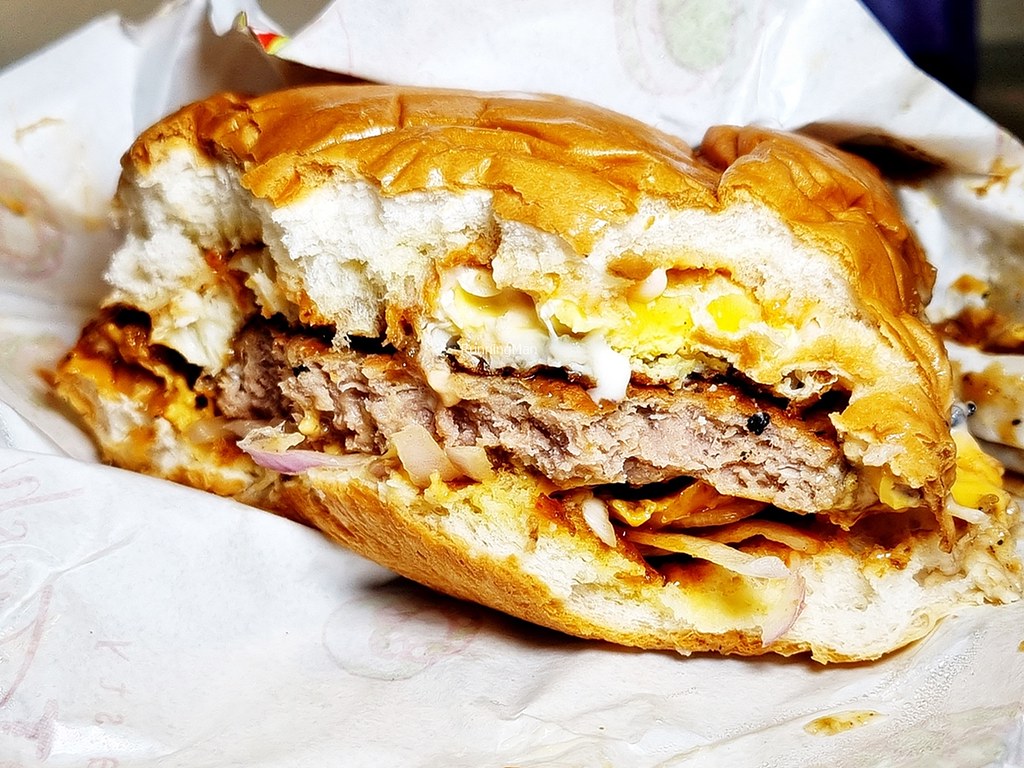 |
| Burger - Lamb Egg Cheese Special |
The Cabbage Thoran is a common, South Indian style dry curry vegetable dish, originating from Kerala, India. It's made by stir-frying cabbage, powdered turmeric, shallots, chili, curry leaves, salt, grated coconut, cumin seeds, and mustard seeds, in hot coconut oil. The result is a flavourful, bright yellow coloured side dish, often eaten along with white rice. It's commonly served in Singapore and Malaysia as part of an Economic Rice (Indian) / Thali meal. In Penang, it may be eaten along with other dishes as part of a Nasi Kandar meal.
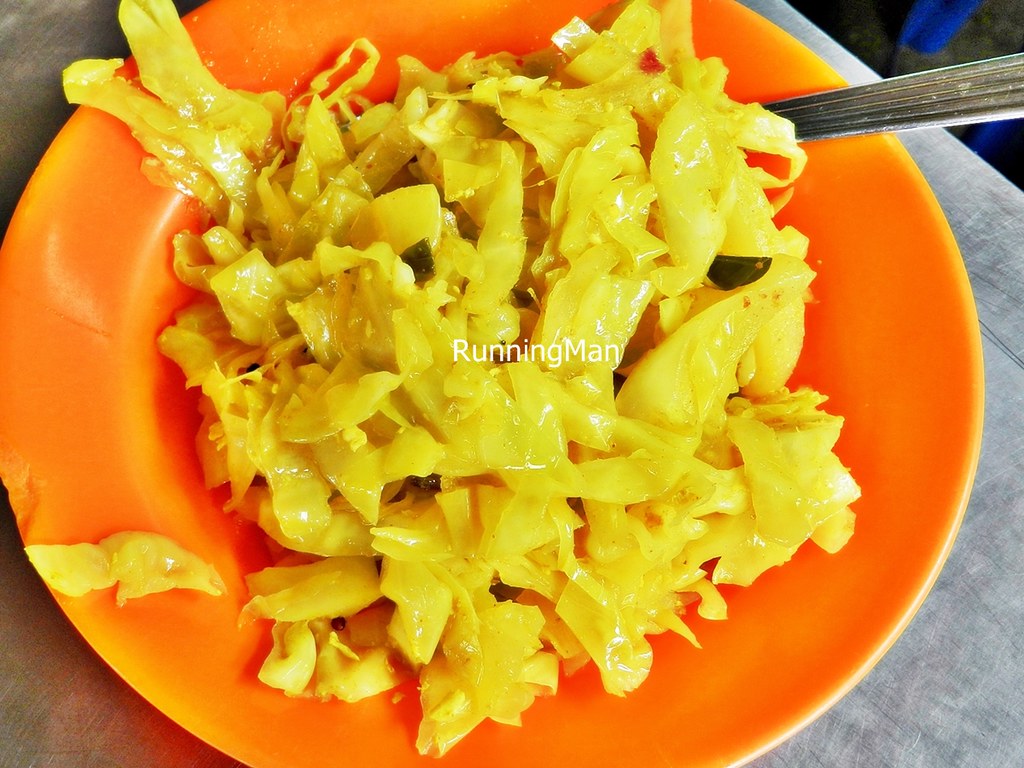 |
| Cabbage Thoran |
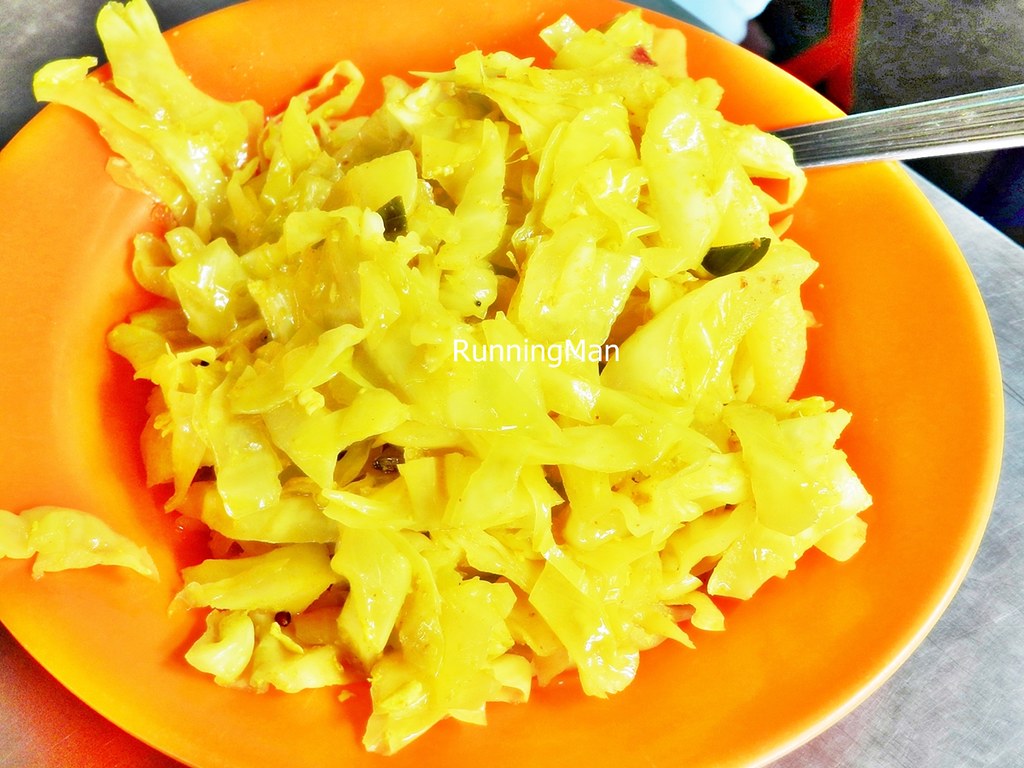 |
| Cabbage Thoran |
 |
| Cabbage Thoran |
Coconut Ice Cream is commonly sold along the streets, and is a popular dessert to stave off the hot weather.
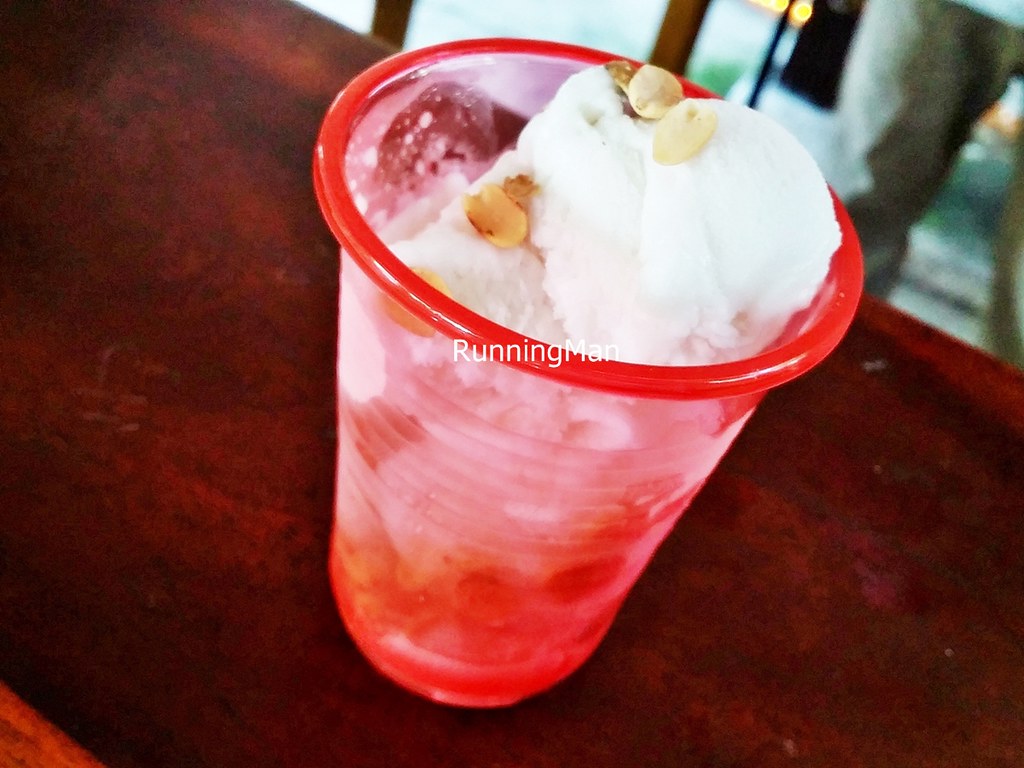 |
| Coconut Ice Cream |
The Coconut Tart is a traditional Chinese style pastry, the big double-crusted pastry shells are flaky, stuffed with a generous amount of grated coconut, which has a nice balanced sweetness. The most famous stall in Penang to get these snacks / desserts is at Leong Chee Kee, in C8 Lebuh Cintra.
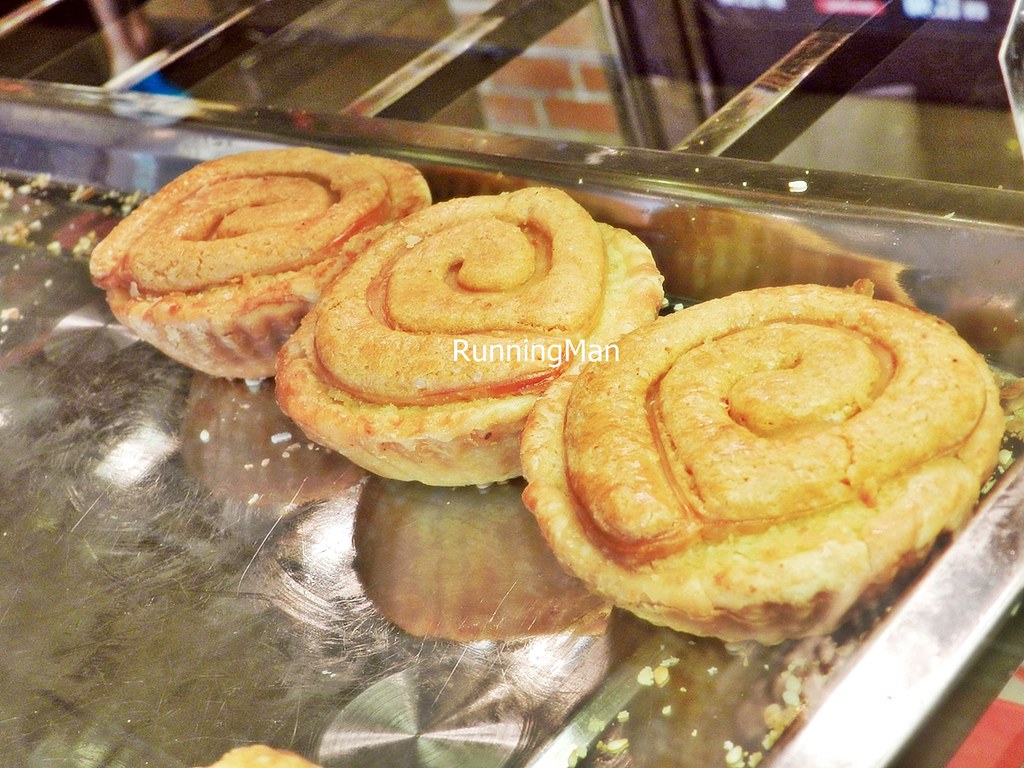 |
| Coconut Tart |
Coconut Water is sold along the streets by vendors, usually in a hollowed out coconut, and is a refreshing, thirst-quenching drink in hot weather.
 |
| Coconut Water |
The Cuttlefish Kang Kong is a simple side dish that is usually served to accompany a meal. It features blanched slippery cuttlefish and crunchy water spinach / kang kong, served with juicy pickled mustard greens and a thick fermented shrimp paste garnished with crushed peanuts, which lends its primary taste profile of savoury sweet salty vegetal shrimpy flavours. A rather uncommon dish here.
 |
| Cuttlefish Kang Kong |
 |
| Cuttlefish Kang Kong |
The Gulai Sotong / Coconut Curry Squid is a Malaysian Indian style dish, usually served as part of a Nasi Kandar meal. This mild, wet curry is made with fresh squid, tomatoes, coconut milk, fenugreek seeds, mustard seeds, cumin seeds, fennel seeds, curry leaves, salt, shallots, and chili.
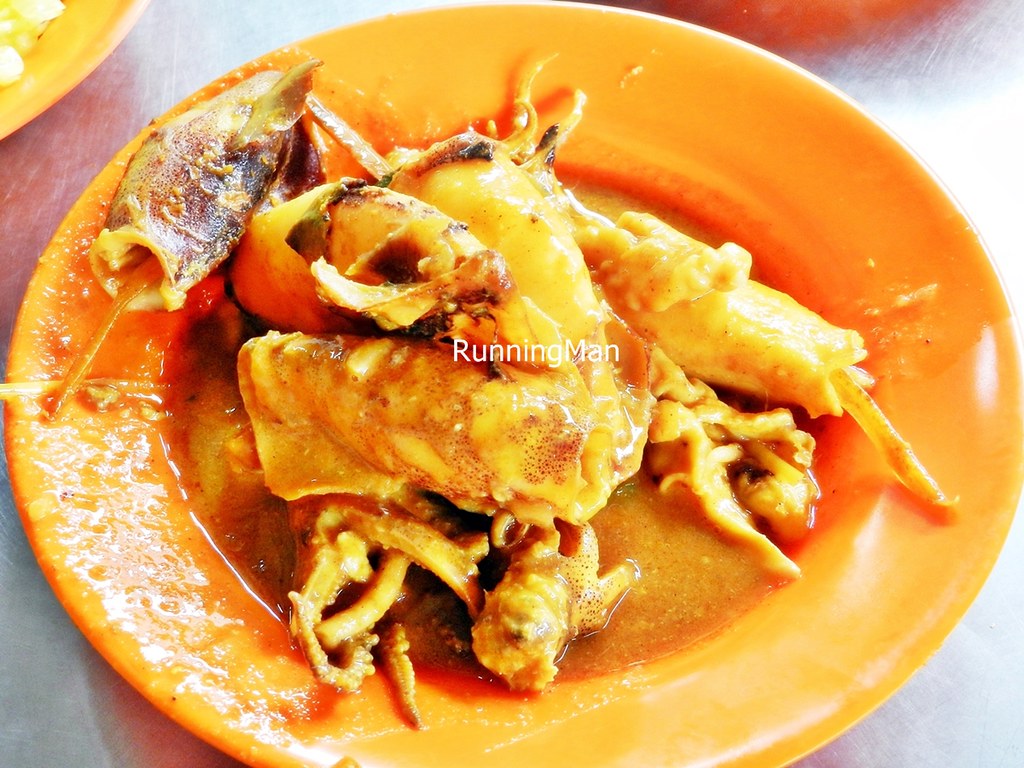 |
| Gulai Sotong / Coconut Curry Squid |
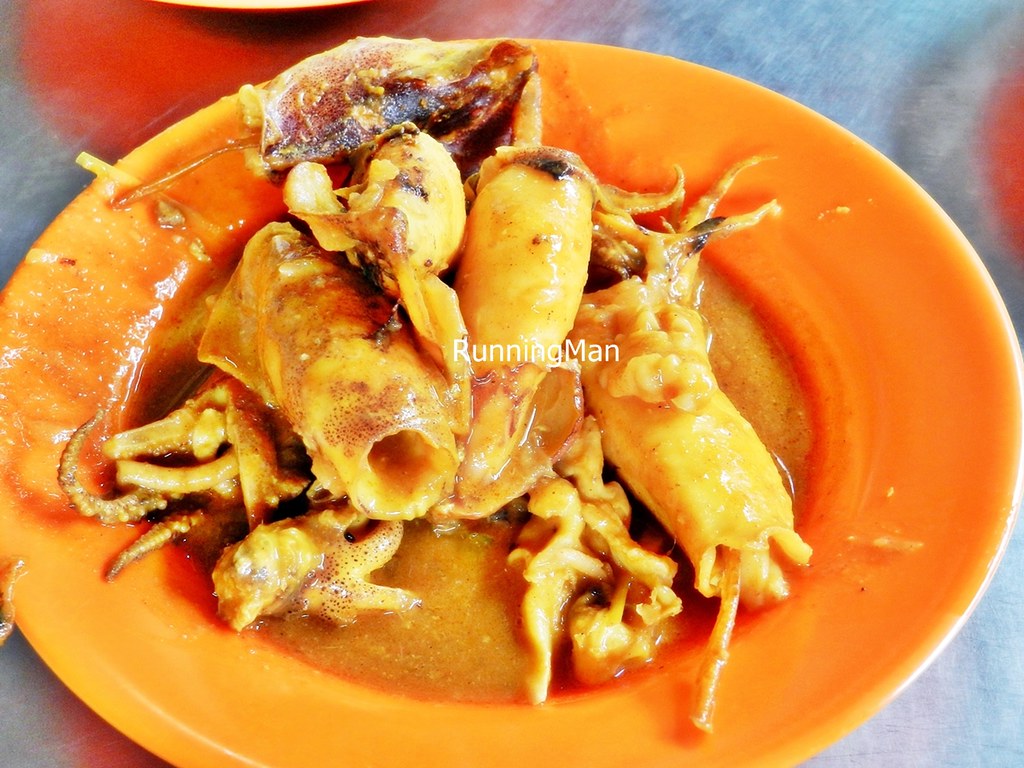 |
| Gulai Sotong / Coconut Curry Squid |
The Malaysia Hock Kian Prawn Mee, differs greatly from the Singapore style Hokkien Mee and Prawn Noodles. The version in Penang features yellow egg noodles and thin rice vermicelli noodles, in a flavourful soup / broth made from shrimp / prawns, water, pork ribs, salt, sugar, shallots, garlic, and chili. Garnished with bean sprouts, kang kong / water spinach leaves, sliced pork, prawns, hard boiled eggs, and shallots. Tasty!
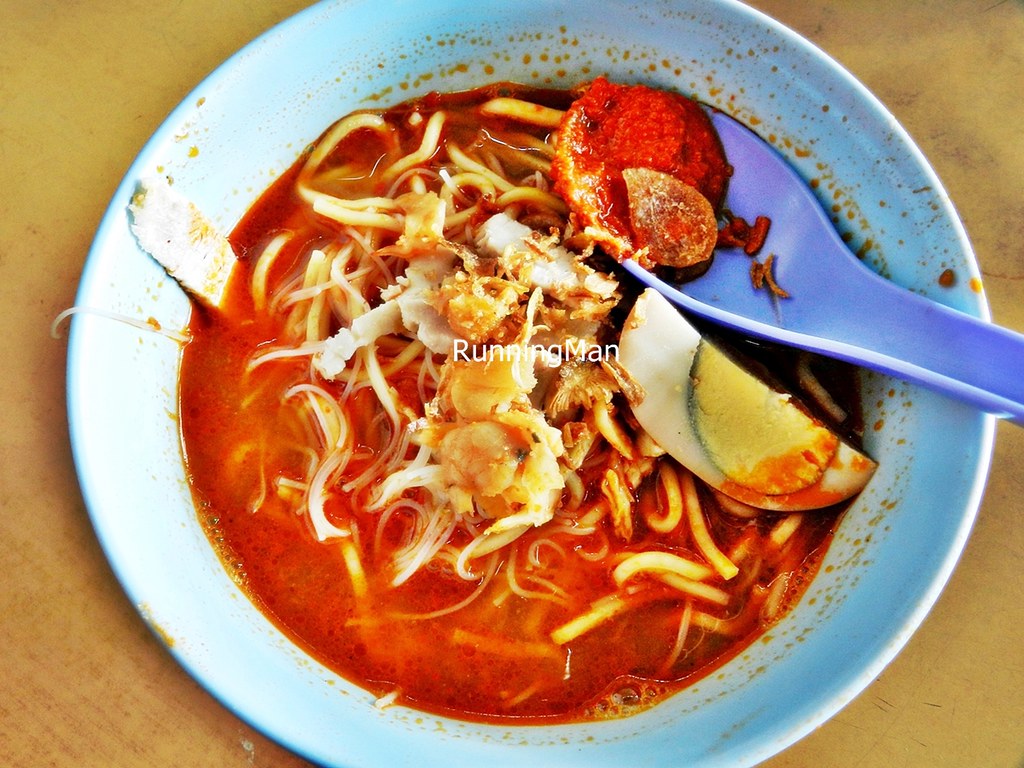 |
| Hock Kian Prawn Mee |
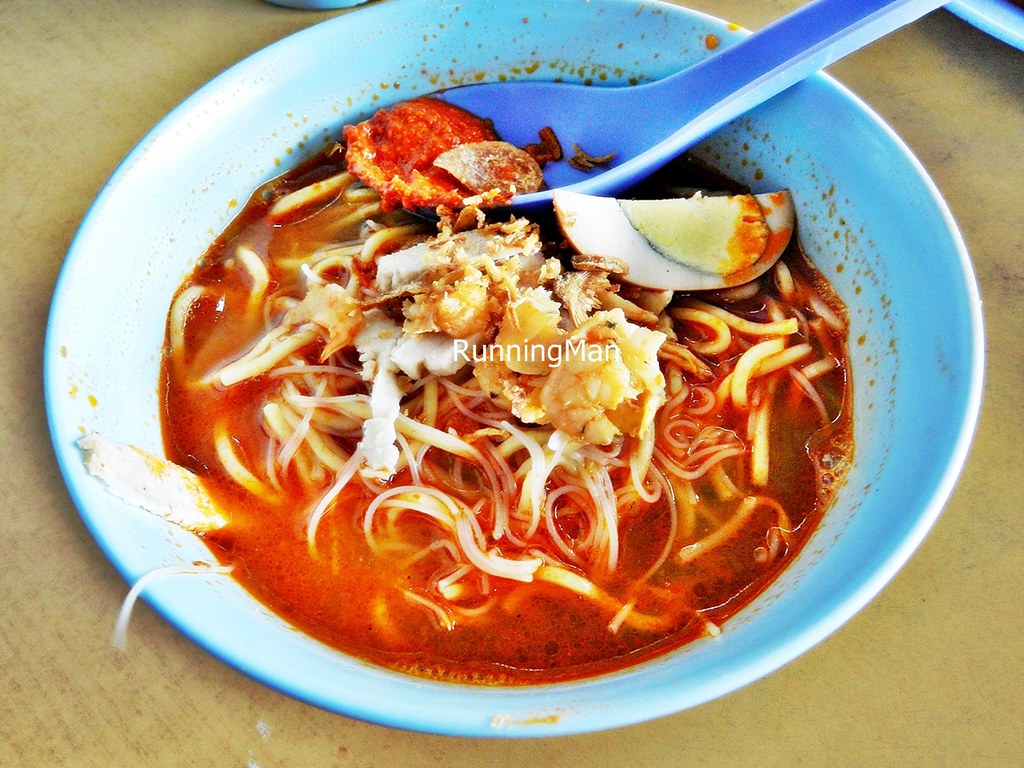 |
| Hock Kian Prawn Mee |
 |
| Hock Kian Prawn Mee |
 |
| Hock Kian Prawn Mee |
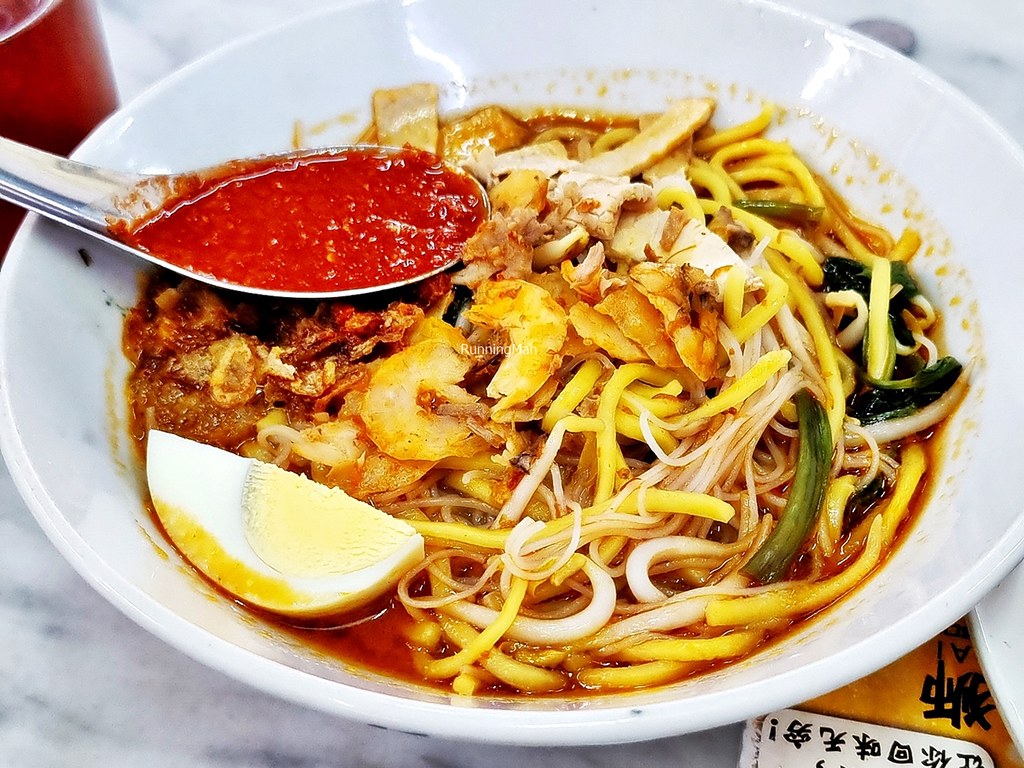 |
| Hock Kian Prawn Mee |
A common street snack, the Kaya Puff is a traditional Chinese style pastry, with a crisp, flaky, hollow puff pastry shell, spread inside with a pandan kaya spread / screwpine leaf coconut egg jam. Sweet and tasty.
 |
| Kaya Puff |
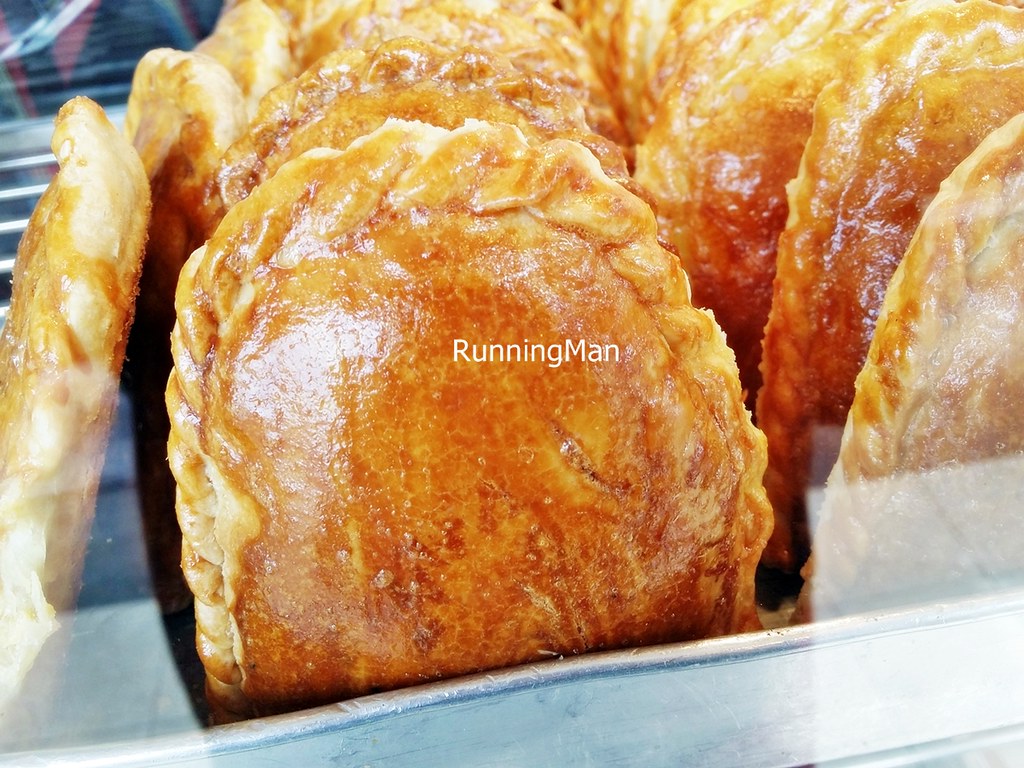 |
| Kaya Puff |
The Penang / Malaysia style Loh Mee differs slightly from the Singapore style Lor Mee. While the ingredients are the same, as is the tasty braising sauce, the version here usually includes braised chicken feet as well.
 |
| Loh Mee |
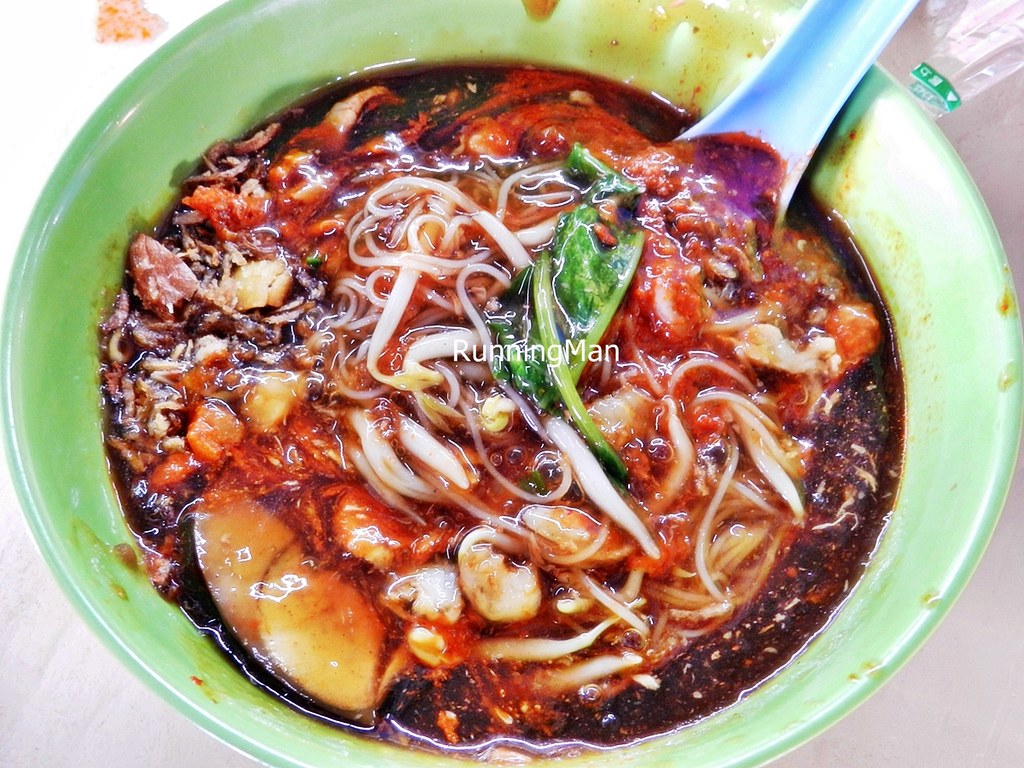 |
| Loh Mee |
The Penang / Malaysia style Mee Goreng Mamak differs slightly from the Singapore style Mee Goreng. The version here typically has fewer ingredients, but more emphasis on wok frying skills, resulting in a slightly more savoury, tastier dish. Also, they include the use of dried cuttlefish, which lends a depth of flavour. The Penang / Malaysia style dish is also more spicy than the Singapore version.
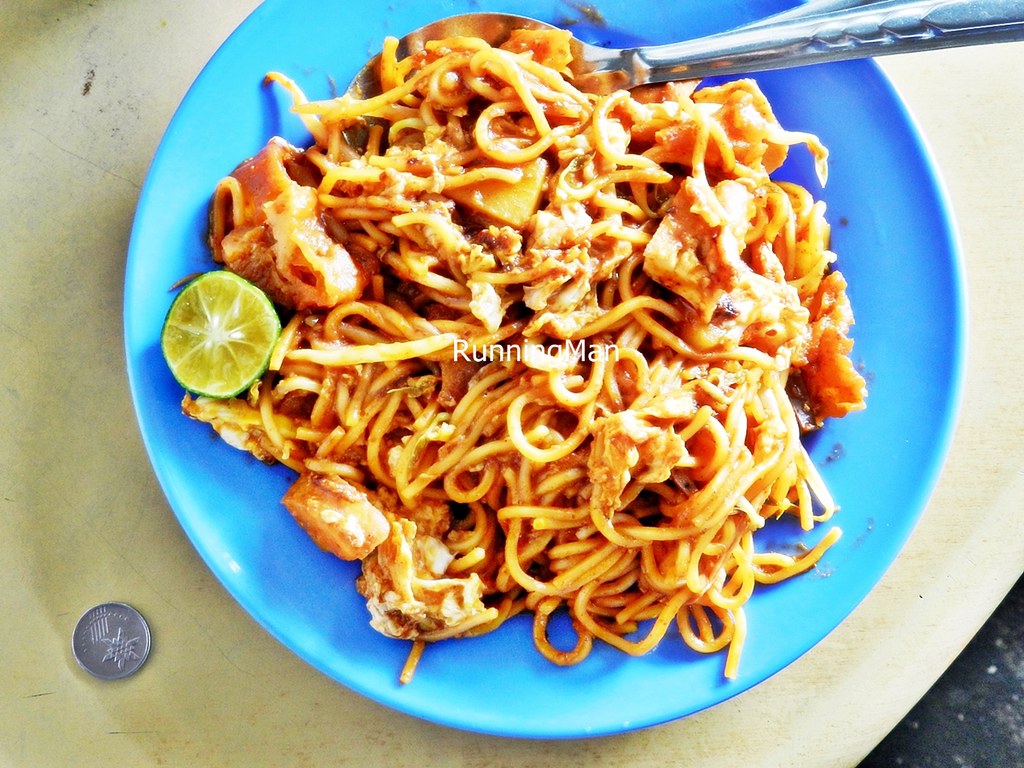 |
| Mee Goreng Mamak |
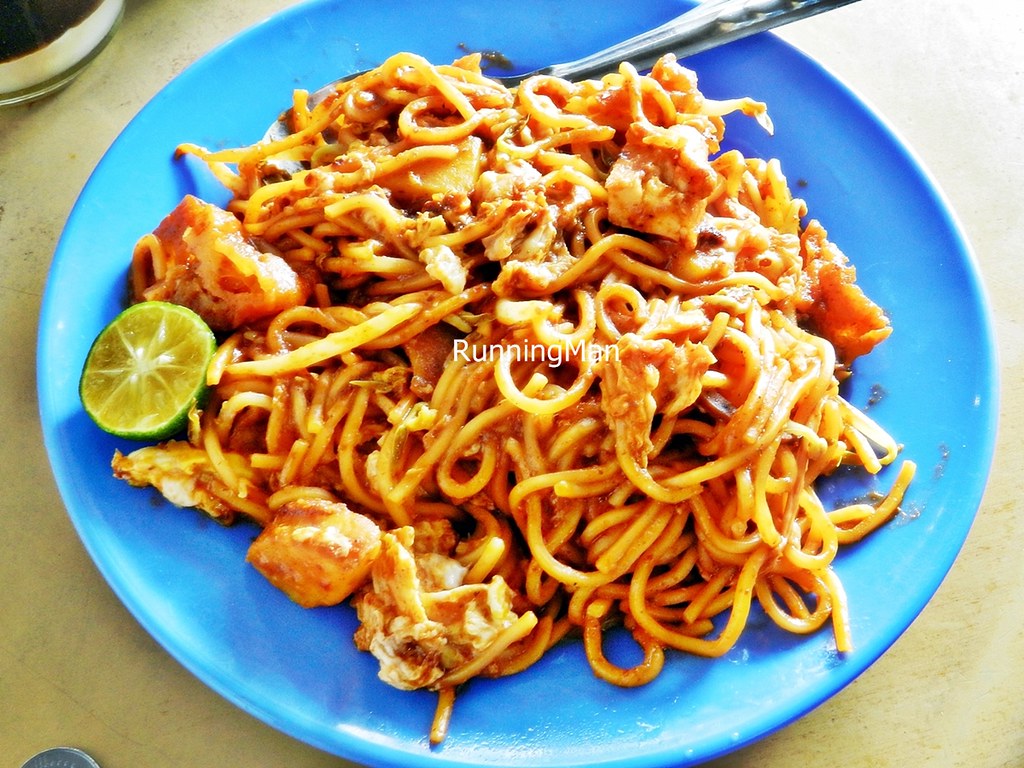 |
| Mee Goreng Mamak |
The Nasi Kandar originated from Penang, Malaysia, and is an economical meal of steamed White Rice served with curries and several side dishes of choice. The white rice for a nasi kandar dish is often placed in a wooden container, giving it a distinctive fragrant aroma. Side dishes may include Ayam Goreng / Malay Fried Chicken, Cabbage Thoran, Gulai Sotong / Coconut Curry Squid, Rendang Beef, Rendang Mutton, Vendakkai Meen Curry, Telur Ikan / Capelin Fish Eggs, Cucumbers & Pineapples, Sotong Goreng / Fried Squid, Salted Egg, and more. The range of dishes is usually extensive, numbering over 30 dishes at any point in time. Nasi Kandar is almost always served with the selected 2 - 5 side dishes on a single plate.
 |
| Nasi Kandar |
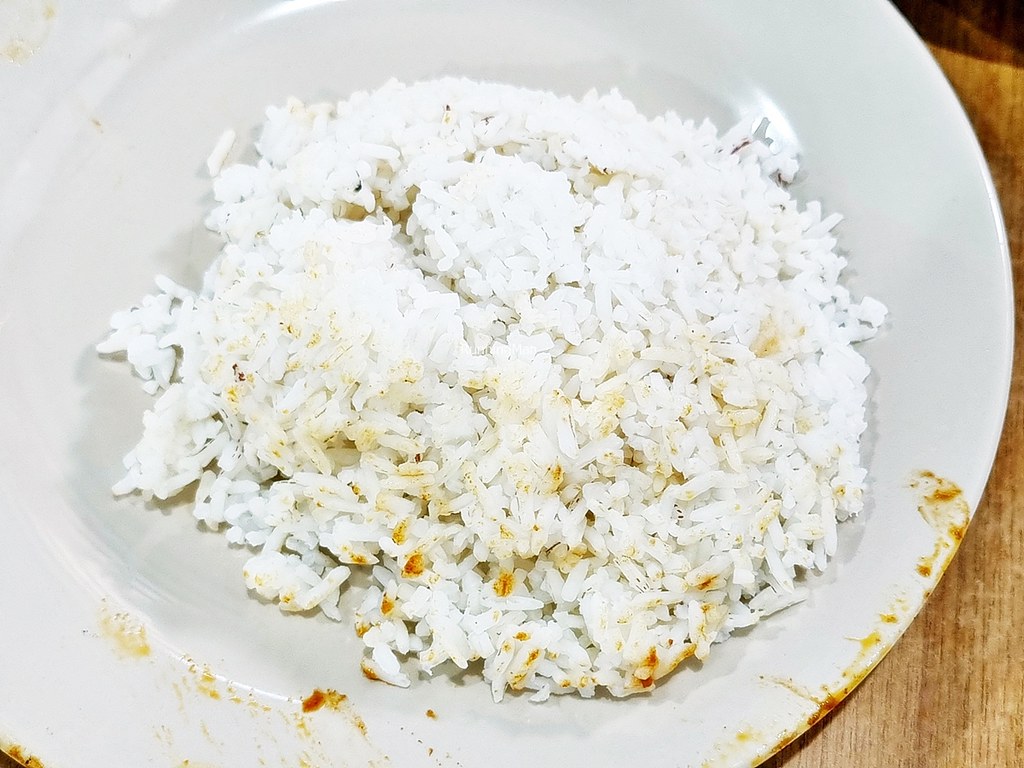 |
| Nasi Kandar - White Rice |
 |
| Nasi Kandar - Telur Ikan / Capelin Fish Eggs |
 |
| Nasi Kandar - Cucumbers & Pineapples |
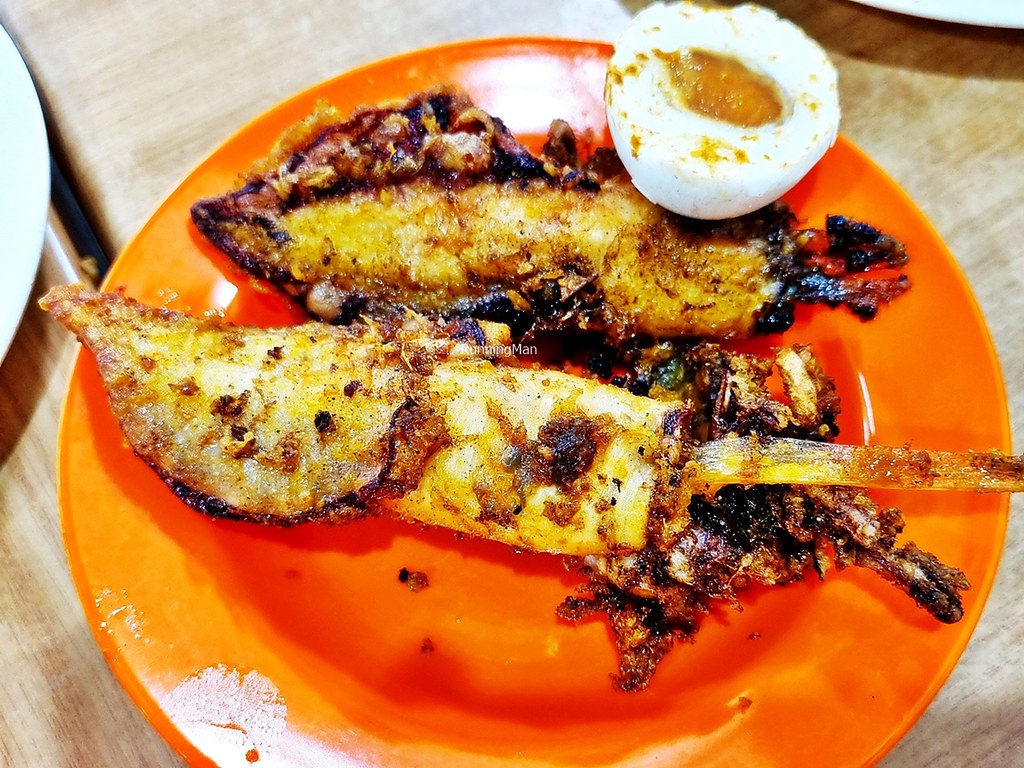 |
| Nasi Kandar - Sotong Goreng / Fried Squid, Salted Egg |
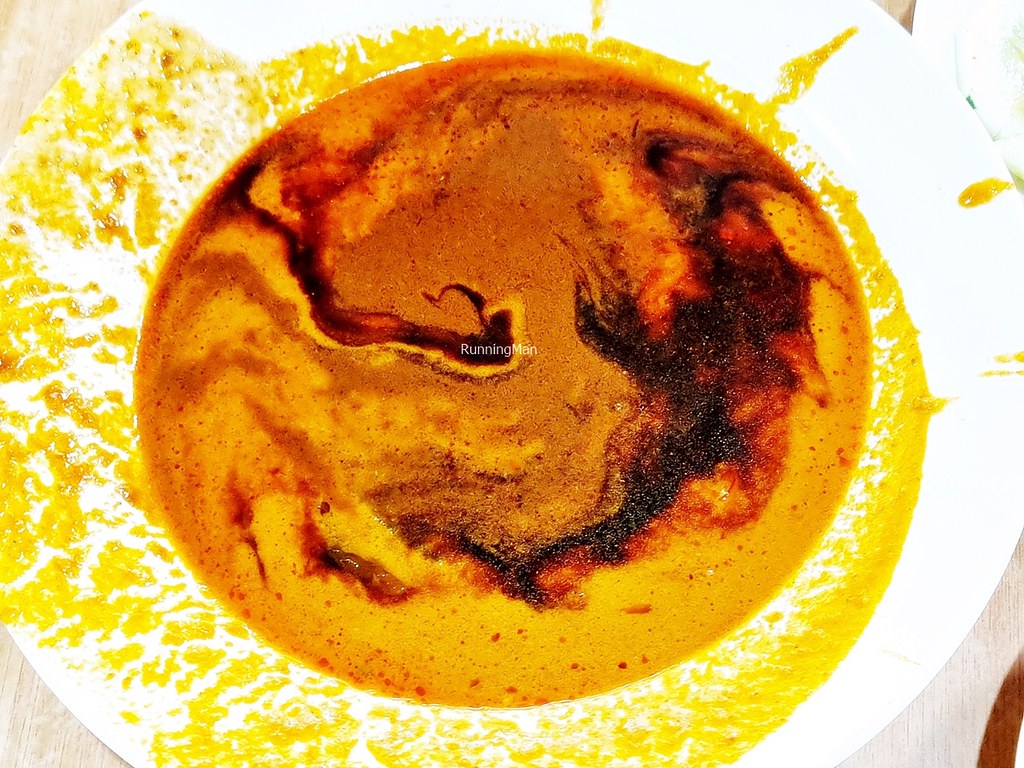 |
| Nasi Kandar - Gravy & Curry |
 |
| Nasi Kandar |
The Malaysian version of Nasi Lemak is almost similar to the Singaporean version, with functionally the same ingredients. The difference is that instead of a fried chicken wing, they serve it with a Malay style curry chicken. Also, the sambal belacan is either more savoury (from the use of anchovies), or more spicy.
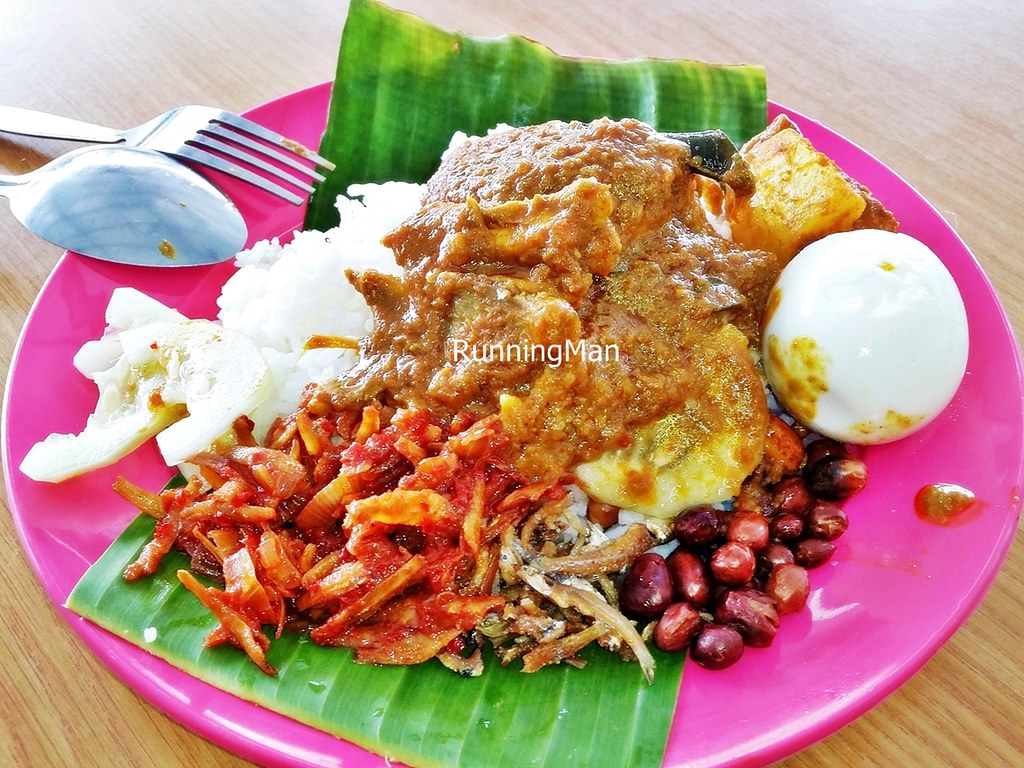 |
| Nasi Lemak |
 |
| Nasi Lemak |
 |
| Nasi Lemak |
Rendang, whether Beef or Mutton, is a common Malay style side dish, eaten along with white rice and other ingredients as part of a Economic Rice (Malay) / Nasi Padang meal in Singapore, or as part of a Nasi Kandar meal in Malaysia. In Penang, the Rendang is typically tender, but with a slight gamey taste. This spicy, wet or dry curry meat dish is normally made by marinating then stewing the meat (beef or mutton) for hours, in a spice mixture of coconut milk, ginger, galangal, turmeric leaves, lemongrass, garlic, shallots, grated coconut, and chilli.
 |
| Rendang Beef |
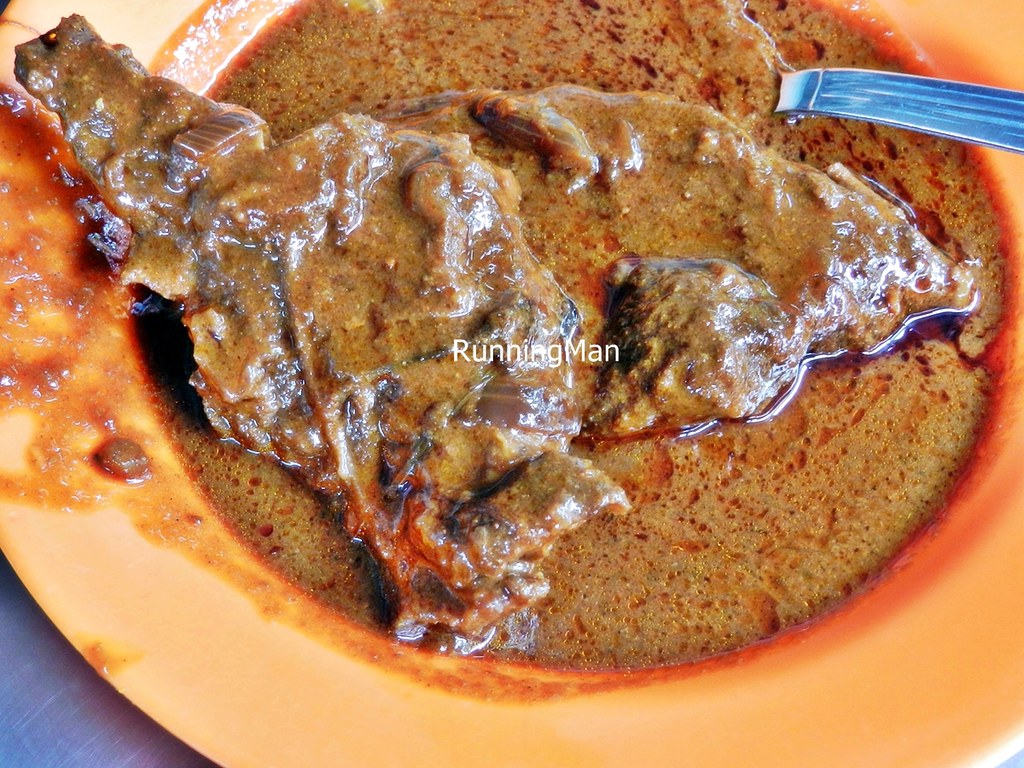 |
| Rendang Beef |
 |
| Rendang Beef |
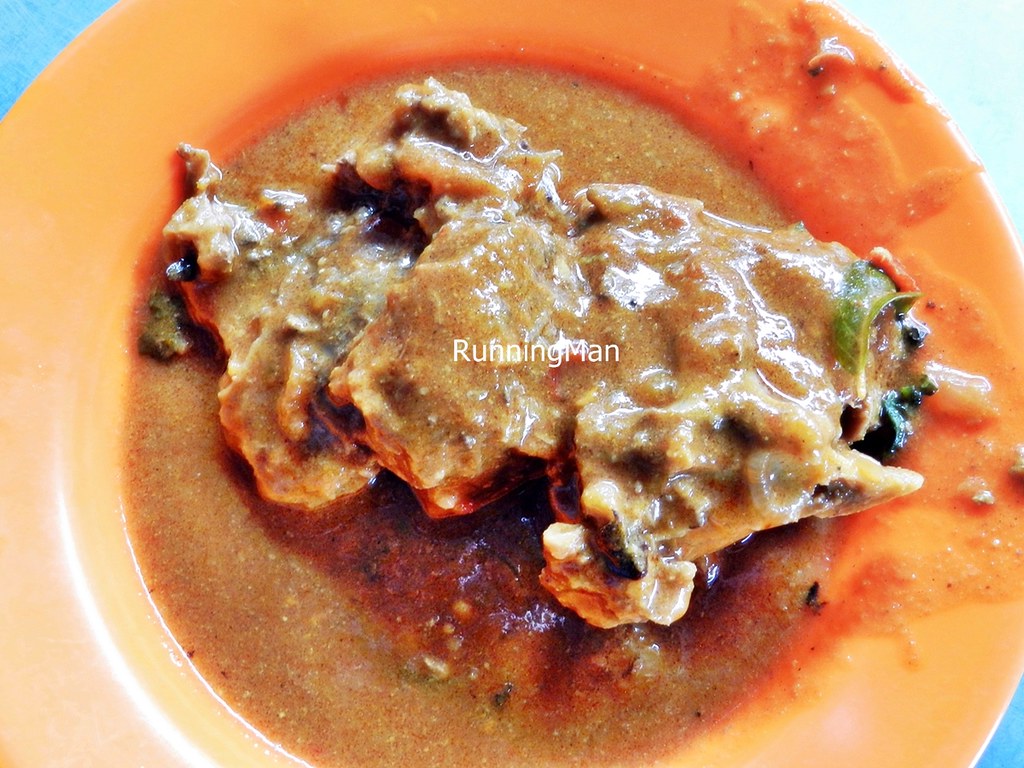 |
| Rendang Mutton |
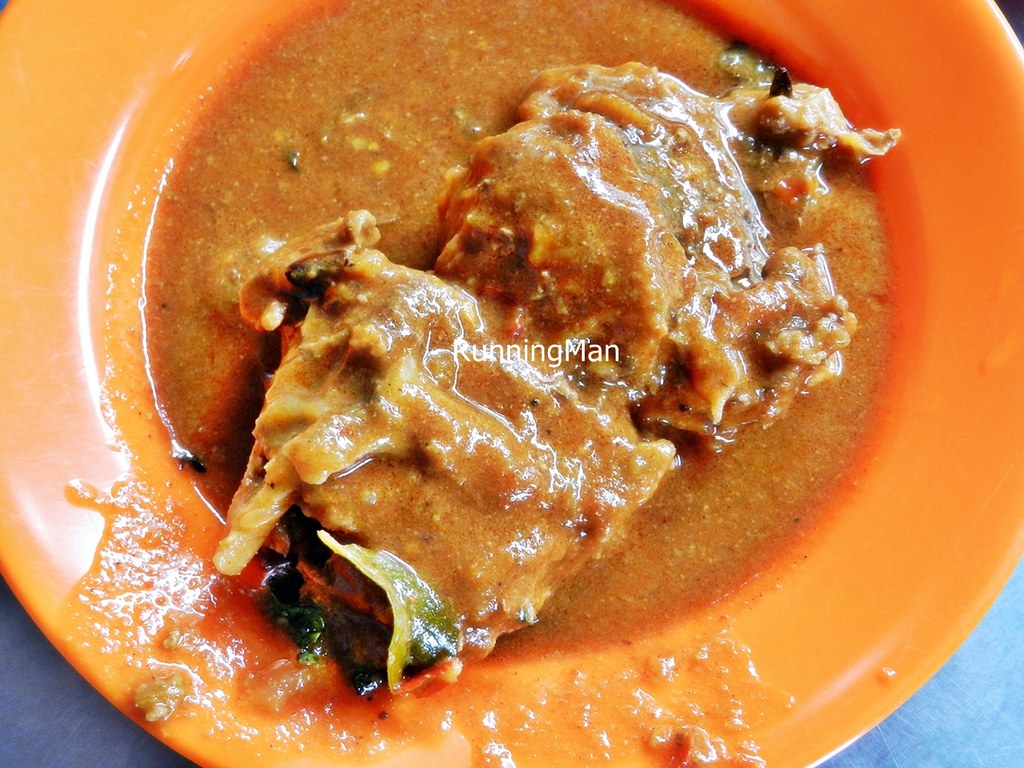 |
| Rendang Mutton |
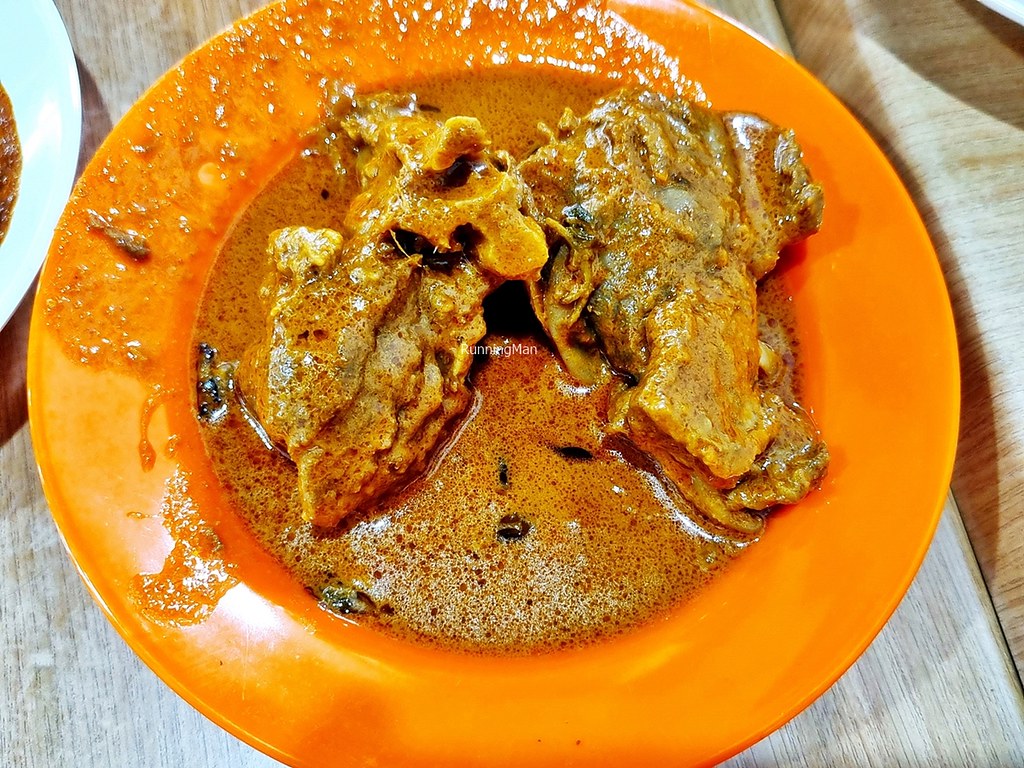 |
| Rendang Mutton |
A traditional Chinese pastry, the Salted Egg Pandan Lotus Biscuit consists of a pandan / screwpine leaf flavoured lotus seed paste, stuffed within a crisp, flaky, pastry shell along with a salted egg yolk. The contrast of salty, savoury, and sweet makes this dessert pastry very delightful.
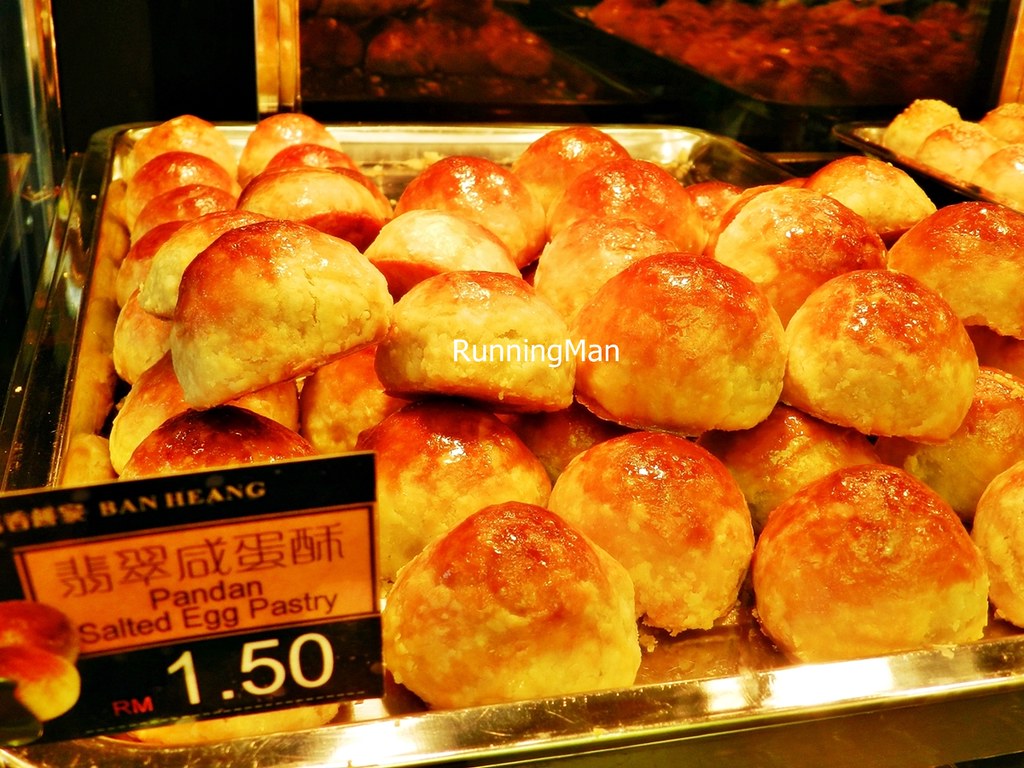 |
| Salted Egg Pandan Lotus Biscuit |
 |
| Salted Egg Pandan Lotus Biscuit |
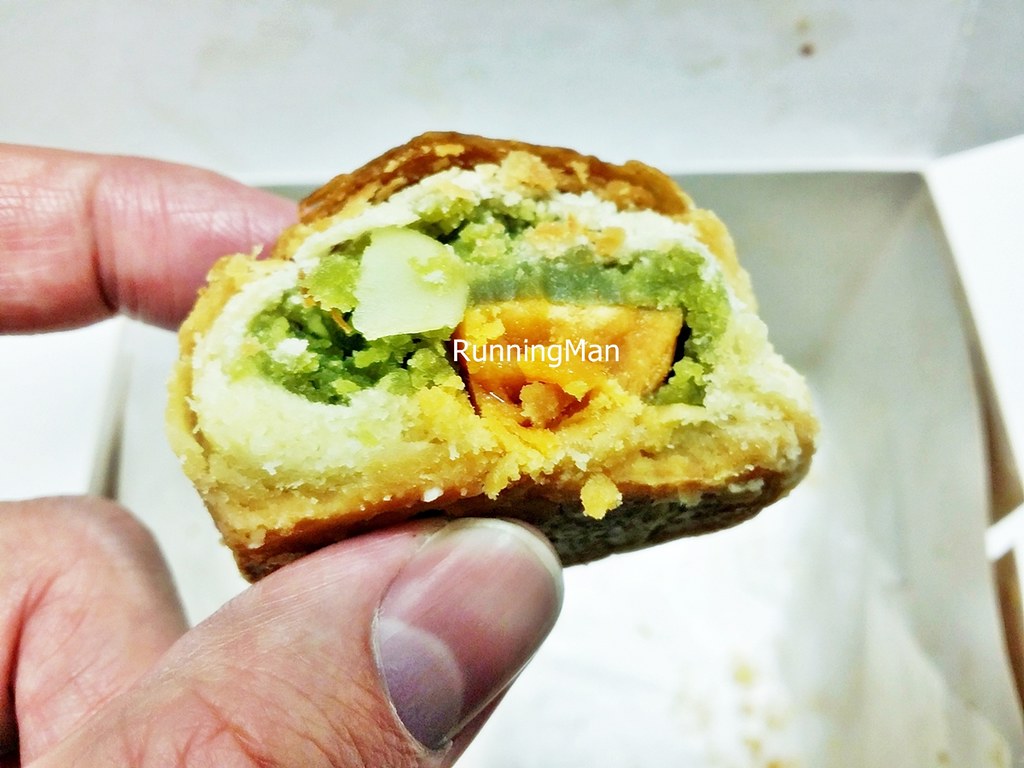 |
| Salted Egg Pandan Lotus Biscuit |
A common dish in Southeast Asia, the Satay here features grilled skewers of meat, normally chicken or mutton, seldom beef or pork. Served alongside garnishes of vegetables (cucumbers and onions), as well as a satay gravy, which is a chunky ground peanut gravy.
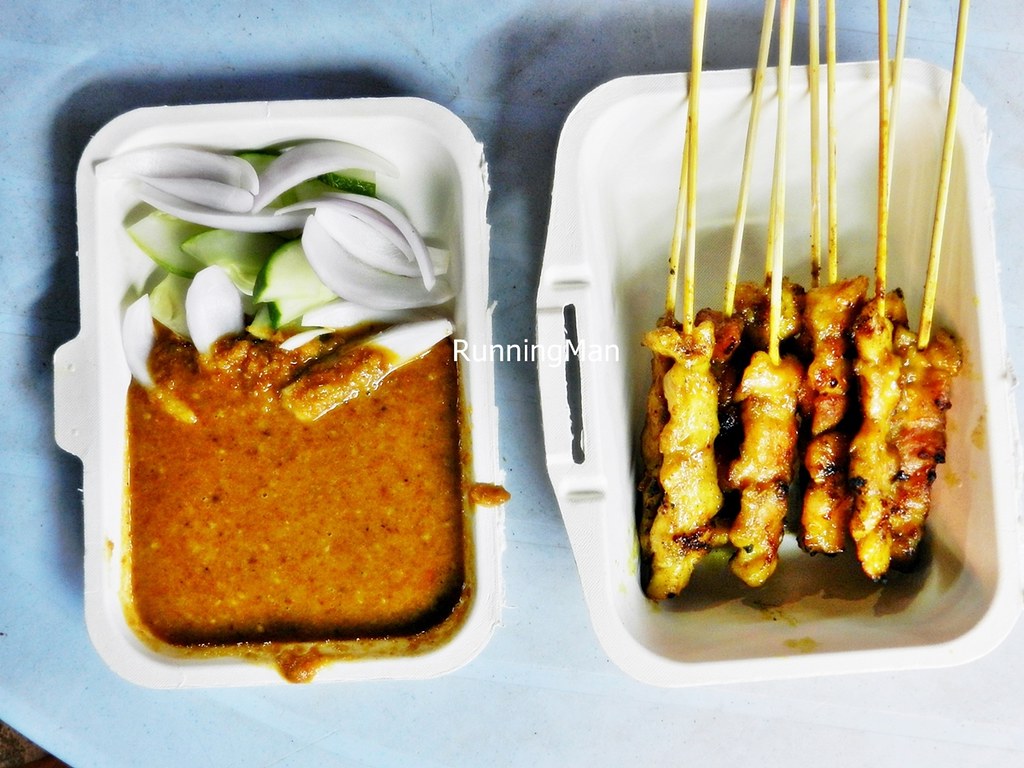 |
| Satay |
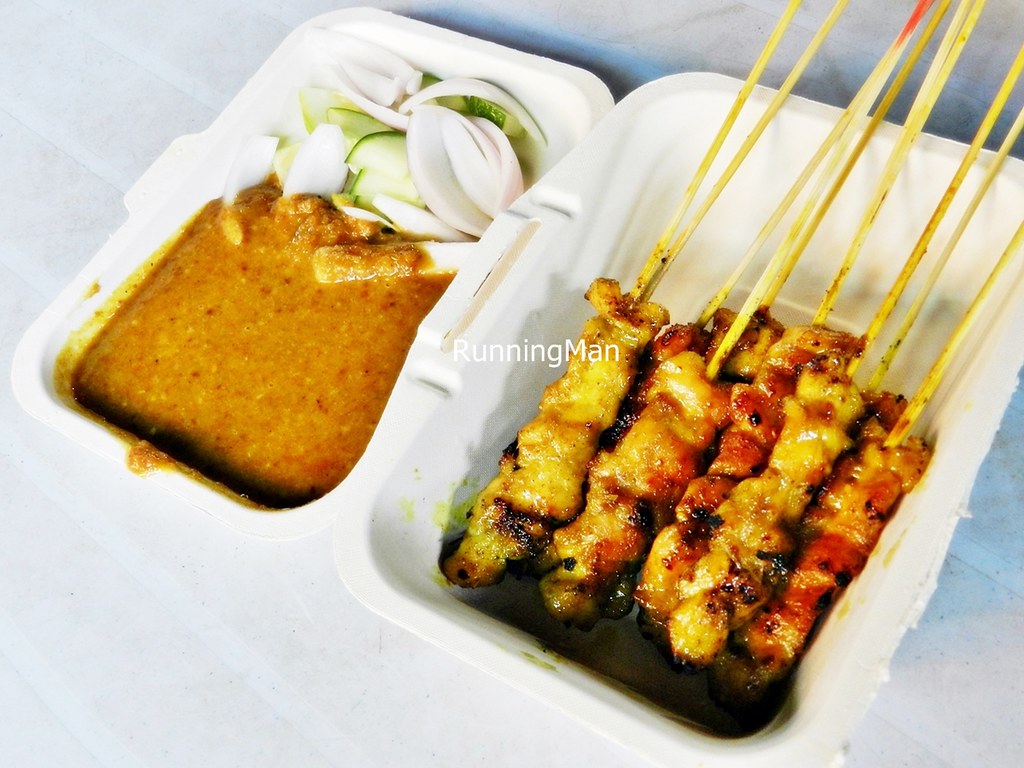 |
| Satay |
The Cantonese Chinese style Siew Bao Roast Pork Bun features barbecue / roasted / grilled marinated pork loin meat, stuffed within a crisp, flaky, pastry shell which resembles a bun. This savoury treat is often sold along the streets here.
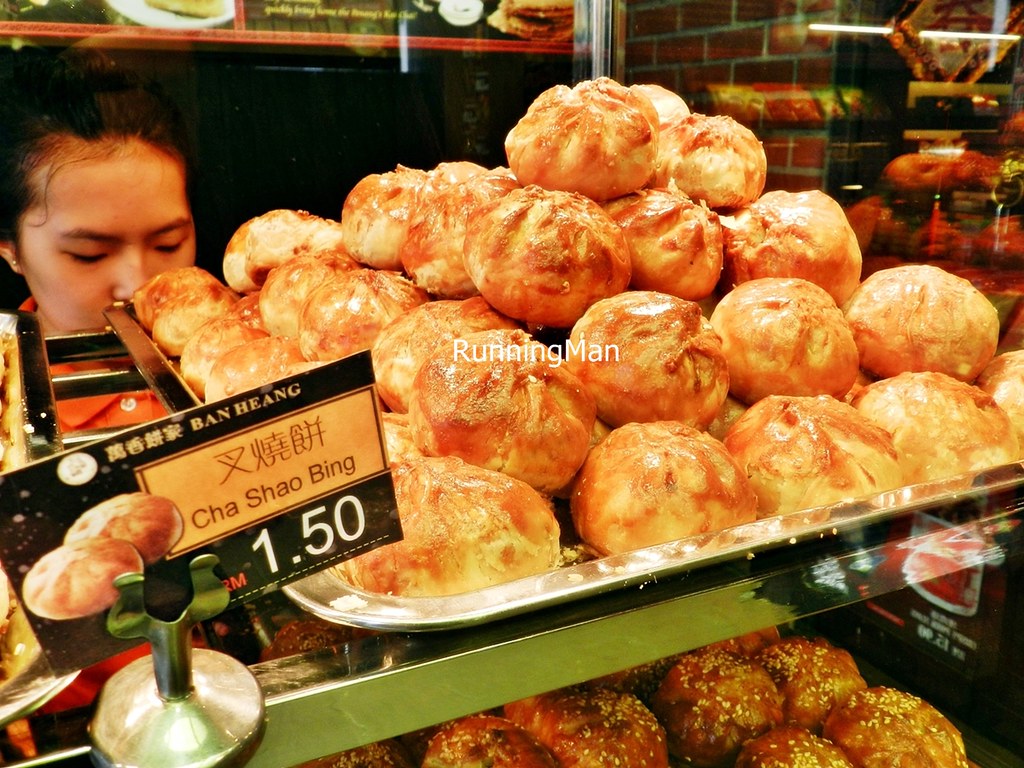 |
| Siew Bao Roast Pork Bun |
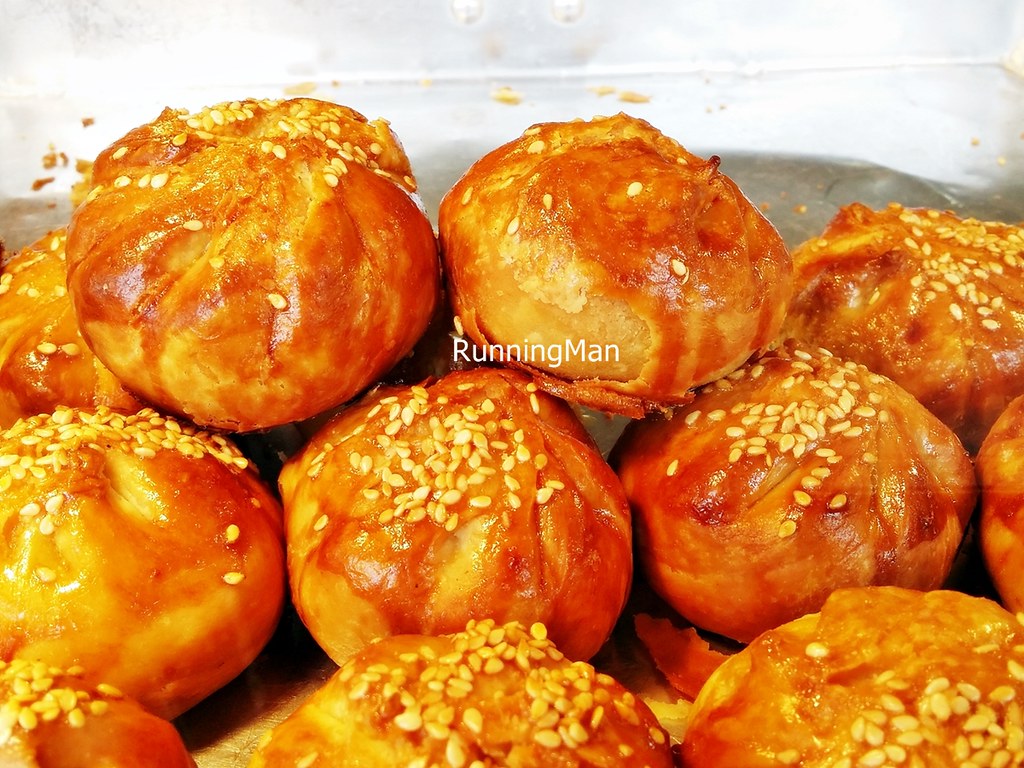 |
| Siew Bao Roast Pork Bun |
The South Indian style Vendakkai Meen Curry, or Okra In Fish Curry, is a spicy wet curry dish, served as part of a meal. It features whole lady's finger / okra and sea beam fish fillet, in a spicy orange-red curry made from fenugreek seeds, curry leaves, garlic, ginger, onions, chili, tamarind juice, tomatoes, coconut milk, salt, and coriander leaves.
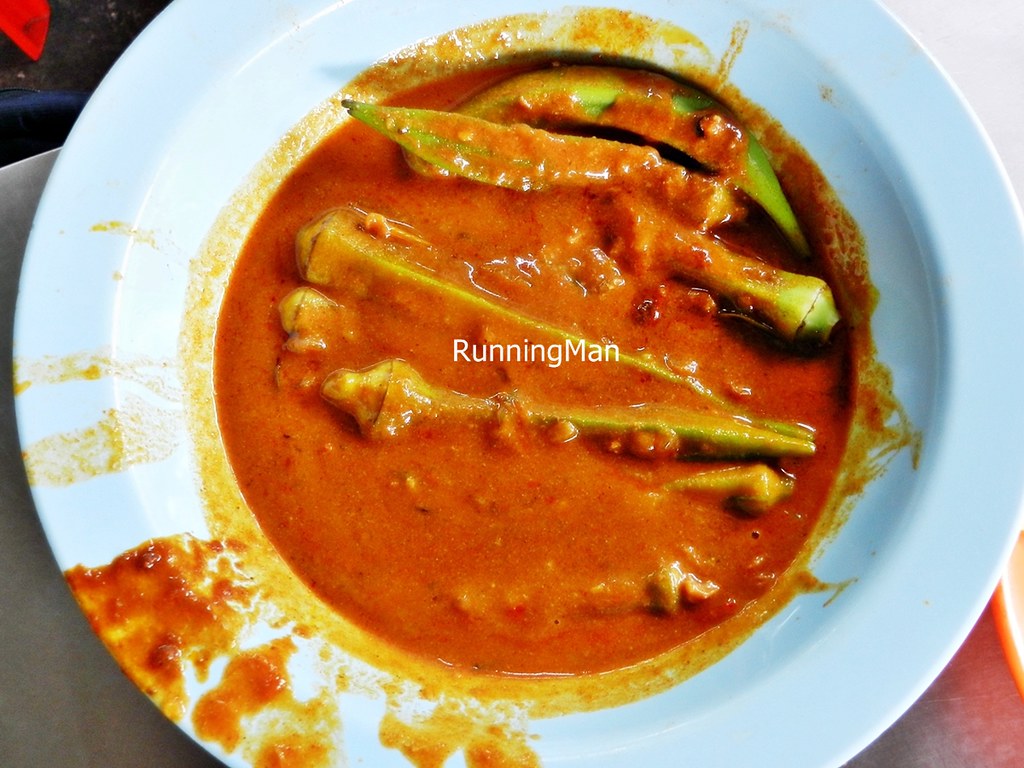 |
| Vendakkai Meen Curry |
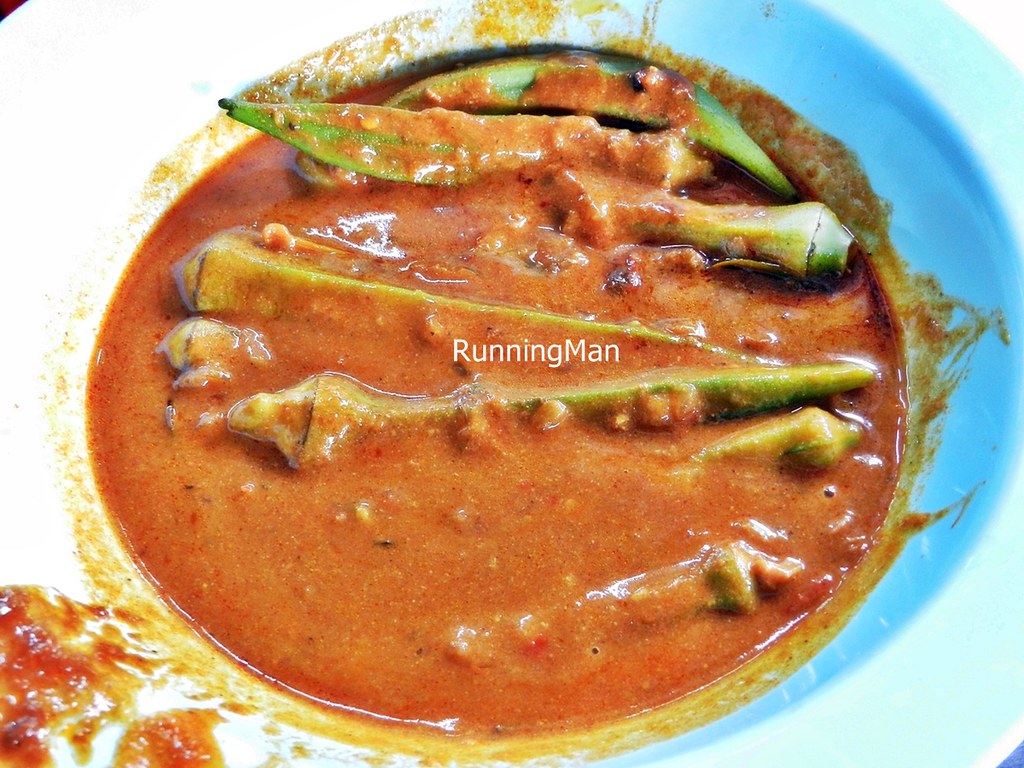 |
| Vendakkai Meen Curry |
The Teochew Chinese community here has created a Yam Taro Puff, essentially the dessert Yam Taro Paste Orh Nee, but spread within a crisp, flaky, puff pastry shell. This dessert pastry is thus easily eaten on the go, and much cheaper than the actual dessert which tends to be sold only in restaurants here.
 |
| Yam Taro Puff |
The Tau Sar Pneah / Tambun Biscuit is popular as a dessert pastry, and is made with ground / mashed green bean paste, stuffed within a crisp, flaky pastry shell. These round, oven baked dessert balls can either be savoury or sweet, and is often cooked with vegetable oil.
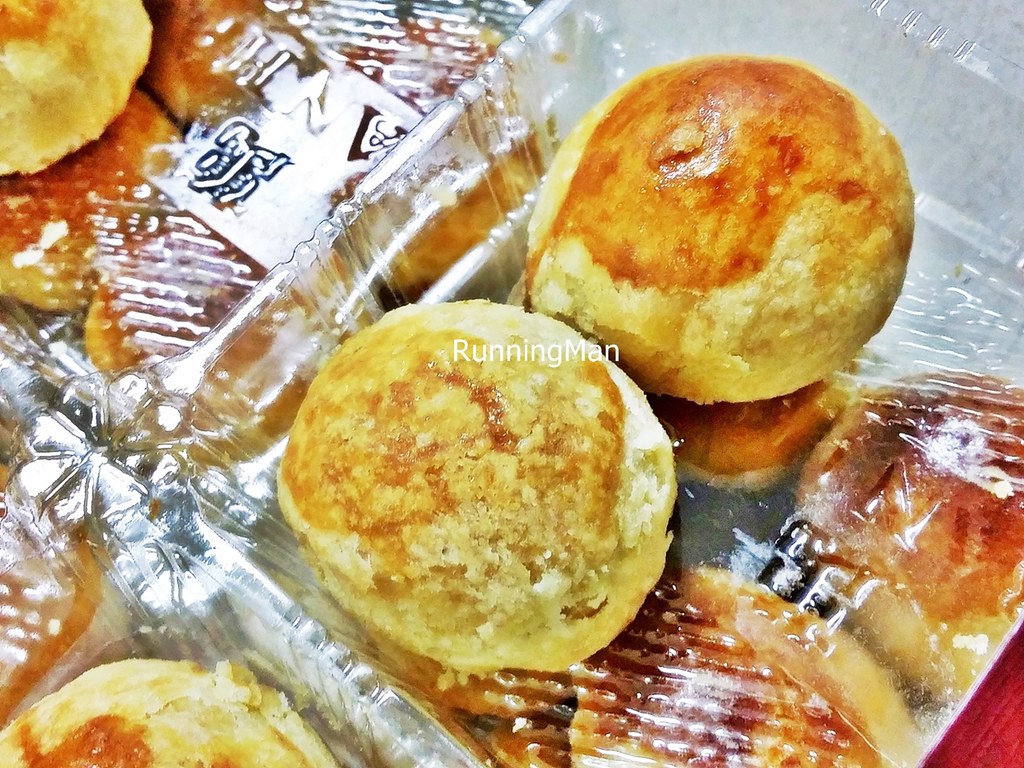 |
| Tau Sar Pneah / Tambun Biscuit |
 |
| Tau Sar Pneah / Tambun Biscuit |
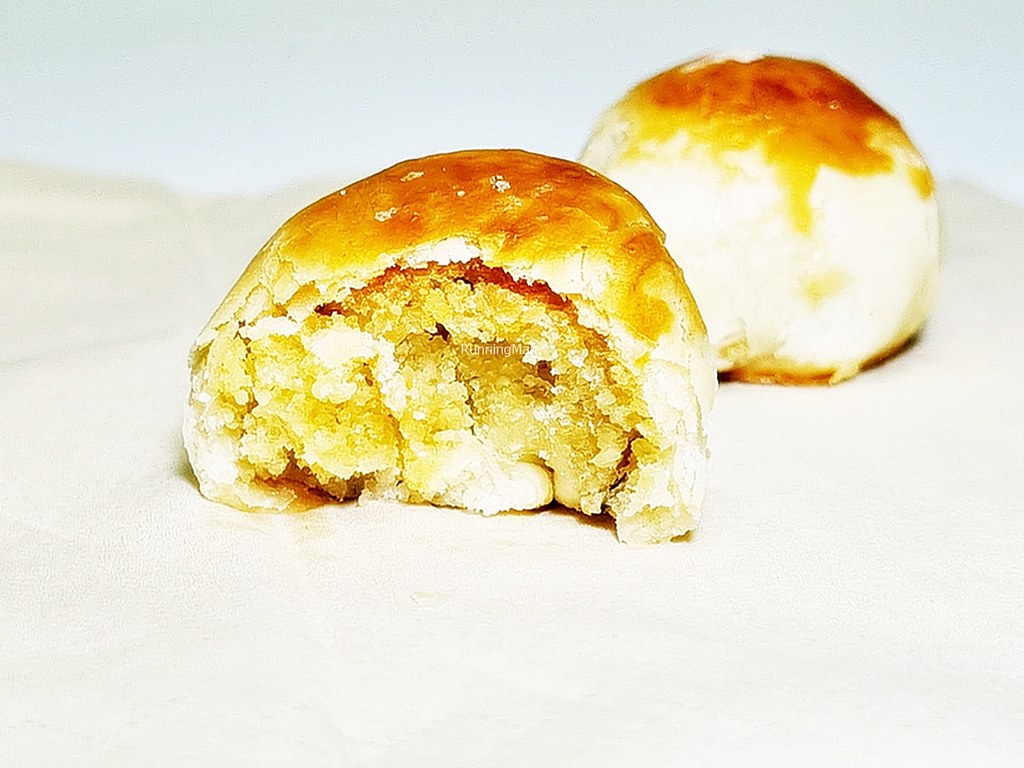 |
| Tau Sar Pneah / Tambun Biscuit |
The Beh Teh Saw / Horse Shoe Biscuit is a traditional Chinese pastry biscuit, also known as Horse Hoof Biscuit. Traditionally, it used to be stuck on the side of the oven to bake, resulting in one side being thicker than the other. The pastry crust is crisp and flaky, so fragile that it crumbles easily when bit, or even when roughly handled. Stuffed with a sweet, sticky, sesame malt sugar filling, it's best eaten when hot and fresh!
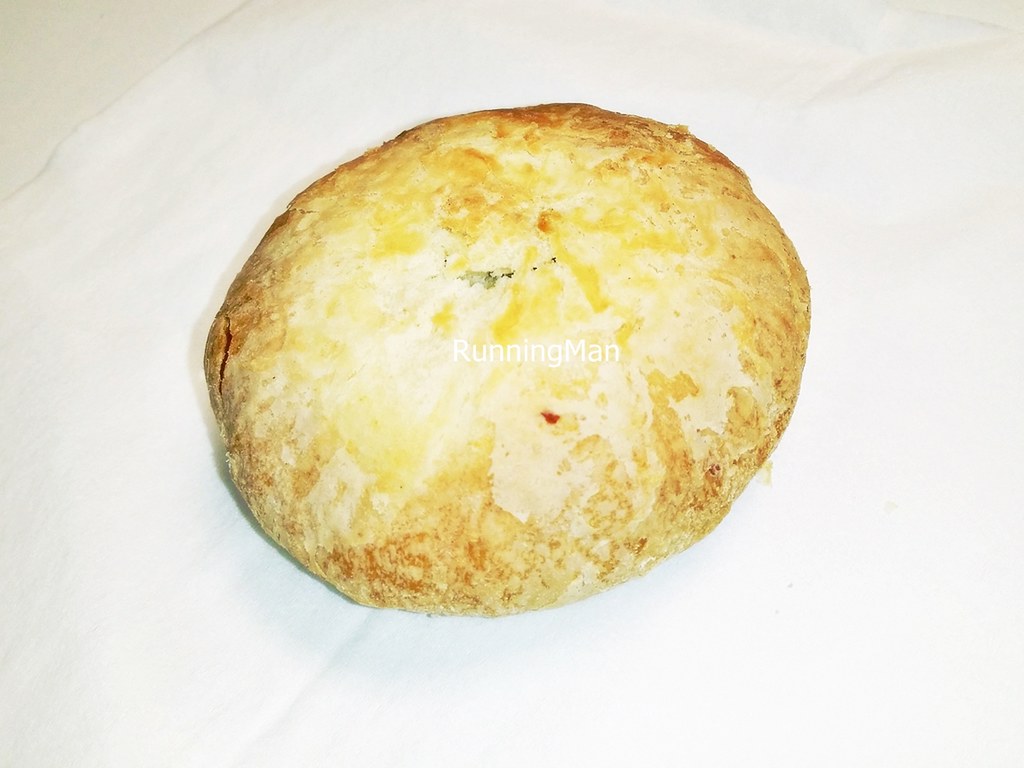 |
| Beh Teh Saw / Horse Shoe Biscuit |
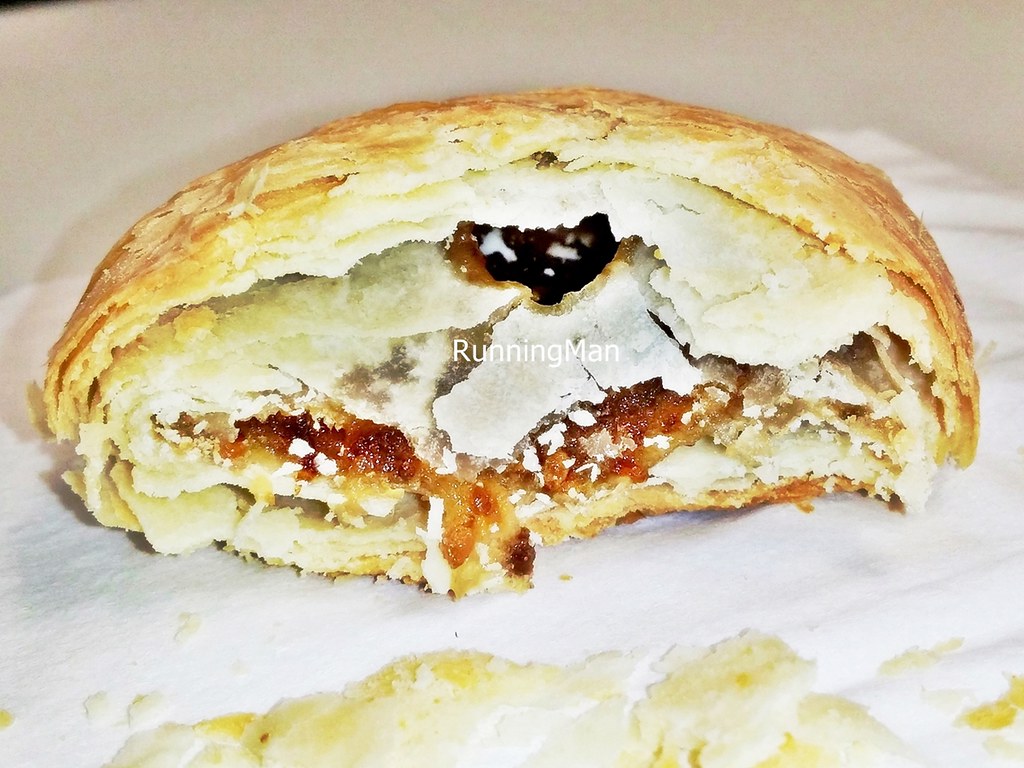 |
| Beh Teh Saw / Horse Shoe Biscuit |
 |
| Beh Teh Saw / Horse Shoe Biscuit |
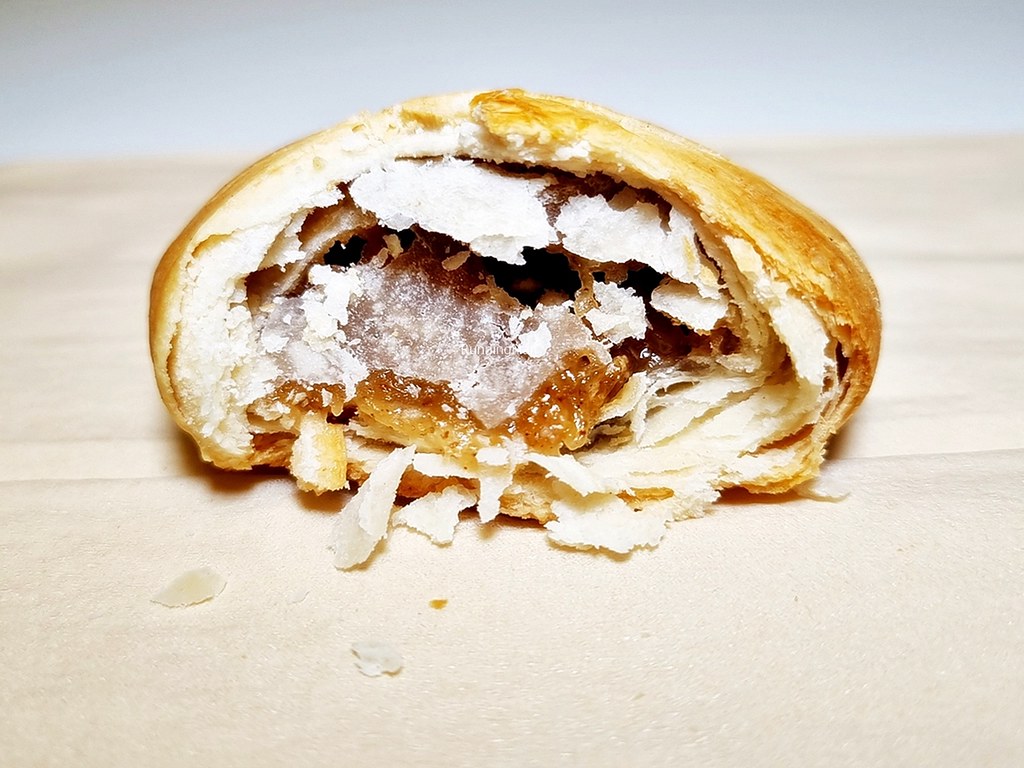 |
| Beh Teh Saw / Horse Shoe Biscuit |
.....


CONVERSATION